Trading emergency supplies for Facebook likes leaves online store’s reputation battered
We’ve seen many examples of organizations reaching out to help those affected by natural disasters via social media. After all, it’s a win-win situation – people get some assistance or much-needed donations and the organizations who lend a hand grab some great positive publicity that helps boost their reputations.
The Tasmanian brush fires that left many people homeless earlier this month looked to be another such opportunity, but instead of acting as good Samaritans, the folks at Australian shopping site SellitOnline.com.au decided to make their offer dependent on how many Facebook “Likes” they could gather.
Here’s the message that was posted on SellitOnline’s Facebook page:
“What we need you do do is get everyone of your friends to join sellitonline Facebook page and the more people we get will determine how many generators we donate.”
Really? People’s homes have burned to the ground, thousands of residents are stranded and you will only donate generators if you get enough Likes?! Callous, uncaring, and a few less printable words immediately come to mind, and it took just minutes for Facebook users to start ripping into SellitOnline and the post was wiped from the Facebook page shortly after.
Aussie media news site Mumbrella sought comment from a SellitOnline spokesperson about the incident, and instead of taking the opportunity to recoup a little reputation with a proper apology they simply stated:
“We apologise if anyone was offended. We will be making a donation anyway.”
Saying that you’re sorry if people were offended is not at all the same thing as saying that you’re sorry for BEING offensive. Even in the wake of a public outpouring of anger towards its actions, SellitOnline continued to behave in an uncaring and insincere manner.
Assuming SellitOnline wishes to stay in business, the company badly needs some lessons in social media, crisis management, and something else that is too easily forgotten in the business world – compassion for fellow human beings. The site may survive this mistake, although its reputation has been battered and beaten, but another slip-up of this magnitude could send shoppers away for good.
——————————-
For more resources, see the Free Management Library topic: Crisis Management
——————————-
[Jonathan Bernstein is president of Bernstein Crisis Management, Inc., an international crisis management consultancy, author of Manager’s Guide to Crisis Management and Keeping the Wolves at Bay – Media Training. Erik Bernstein is Social Media Manager for the firm, and also editor of its newsletter, Crisis Manager]











